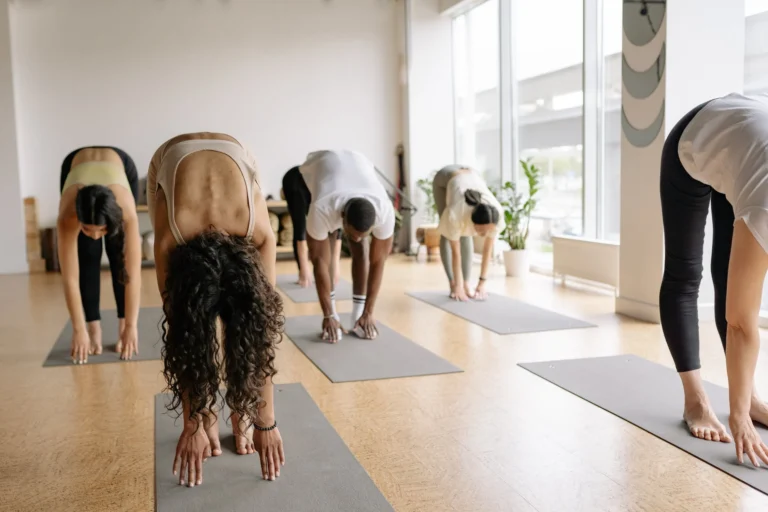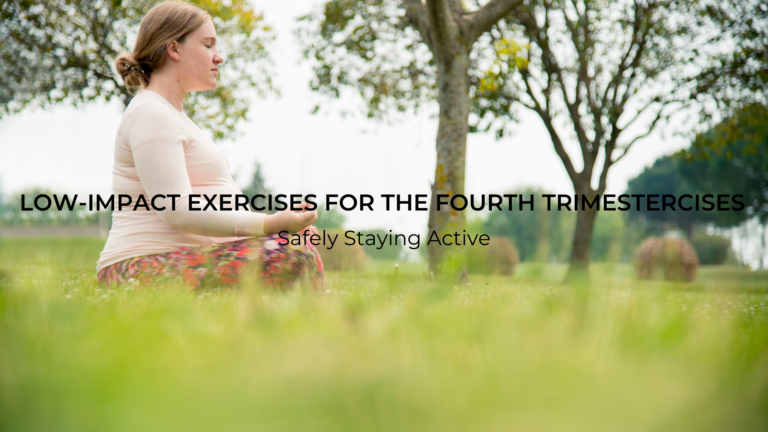The Ultimate Guide to Low-Impact Workouts for Balancing Cortisol Levels in Women
Cortisol, commonly known as the stress hormone, plays a crucial role in the body’s response to stress. However, consistently high levels of cortisol can lead to various health issues in women, including weight gain, high blood pressure, and difficulty sleeping. In this article, we will explore low-impact workouts that can help women balance their cortisol levels naturally. By incorporating these exercises into your routine, you can potentially reduce the negative impacts of elevated cortisol and improve your overall well-being.
Understanding Cortisol and Its Effects on Women’s Health
Cortisol is a vital hormone that plays a crucial role in the body’s stress response. It is often referred to as the “stress hormone,” as its release is triggered in response to stress. Here’s a breakdown of what cortisol is and how it affects women’s health.
What is Cortisol?
Cortisol is a steroid hormone produced by the adrenal glands in response to stress. It serves various essential functions in the body, including regulating blood pressure, metabolism, and immune response. Additionally, cortisol aids in converting food into energy and modulating the body’s sleep-wake cycle.
The Connection Between Cortisol and Stress
The release of cortisol is intricately linked to the body’s stress response. When a woman encounters a stressful situation, whether physical or psychological, the adrenal glands release cortisol into the bloodstream. This surge in cortisol prepares the body to respond to the stressor, often referred to as the “fight or flight” response.
How High Cortisol Levels Affect Women
While cortisol is essential for survival, persistently elevated levels can have detrimental effects on women’s health. High cortisol levels can disrupt the body’s natural rhythm, leading to a range of physical and emotional symptoms. These symptoms may include fatigue, sleep disturbances, weight gain, impaired immune function, and decreased libido. Moreover, chronic elevation of cortisol can contribute to heightened anxiety and mood disorders in women.

The Benefits of Low-Impact Workouts for Women
Low-impact exercise refers to activities that minimize stress on the body, particularly the joints. These workouts are gentler and involve at least one foot being on the ground at all times. Low-impact exercises can include activities such as walking, swimming, cycling, and yoga, among others.
Defining Low-Impact Exercise
Unlike high-impact workouts like running or jumping, low-impact exercises are less intense and provide a lower risk of injury. These exercises are designed to be easier on the body while still offering a range of health benefits.
Low-Impact vs. High-Impact Workouts
When comparing low-impact to high-impact workouts, low-impact exercises are generally easier on the joints, making them suitable for individuals with joint pain, arthritis, or those recovering from an injury. High-impact exercises, on the other hand, involve movements where both feet leave the ground, leading to a higher impact on the body.
Advantages of Low-Impact Exercise for Managing Stress
Low-impact workouts are particularly beneficial for managing stress levels in women. These exercises can help reduce cortisol levels, the stress hormone, and promote a sense of well-being. Additionally, low-impact exercises can improve sleep quality and overall mood, contributing to better stress management.
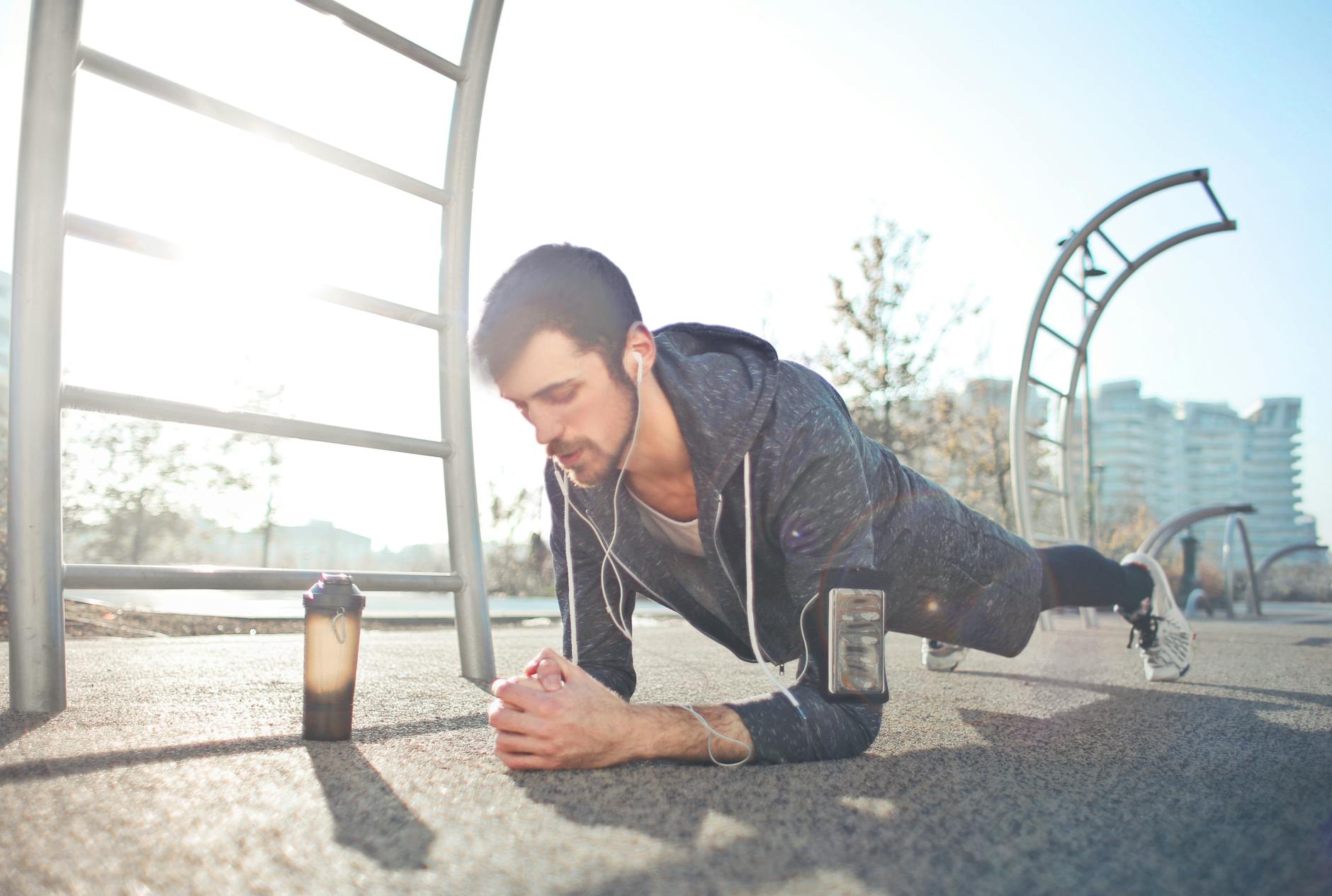
Best Low-Impact Workouts to Balance Cortisol Levels
Physical activity plays a crucial role in managing cortisol levels, the stress hormone often responsible for various health issues among women. Low-impact workouts offer an effective approach to mitigating stress, enhancing well-being, and bringing hormonal balance. Here are some of the best low-impact workouts tailored to balance cortisol levels:.
Walking

Walking is a simple yet powerful, low-impact exercise that can be easily incorporated into daily routines. It not only helps reduce cortisol levels but also promotes overall physical and mental well-being.
Yoga
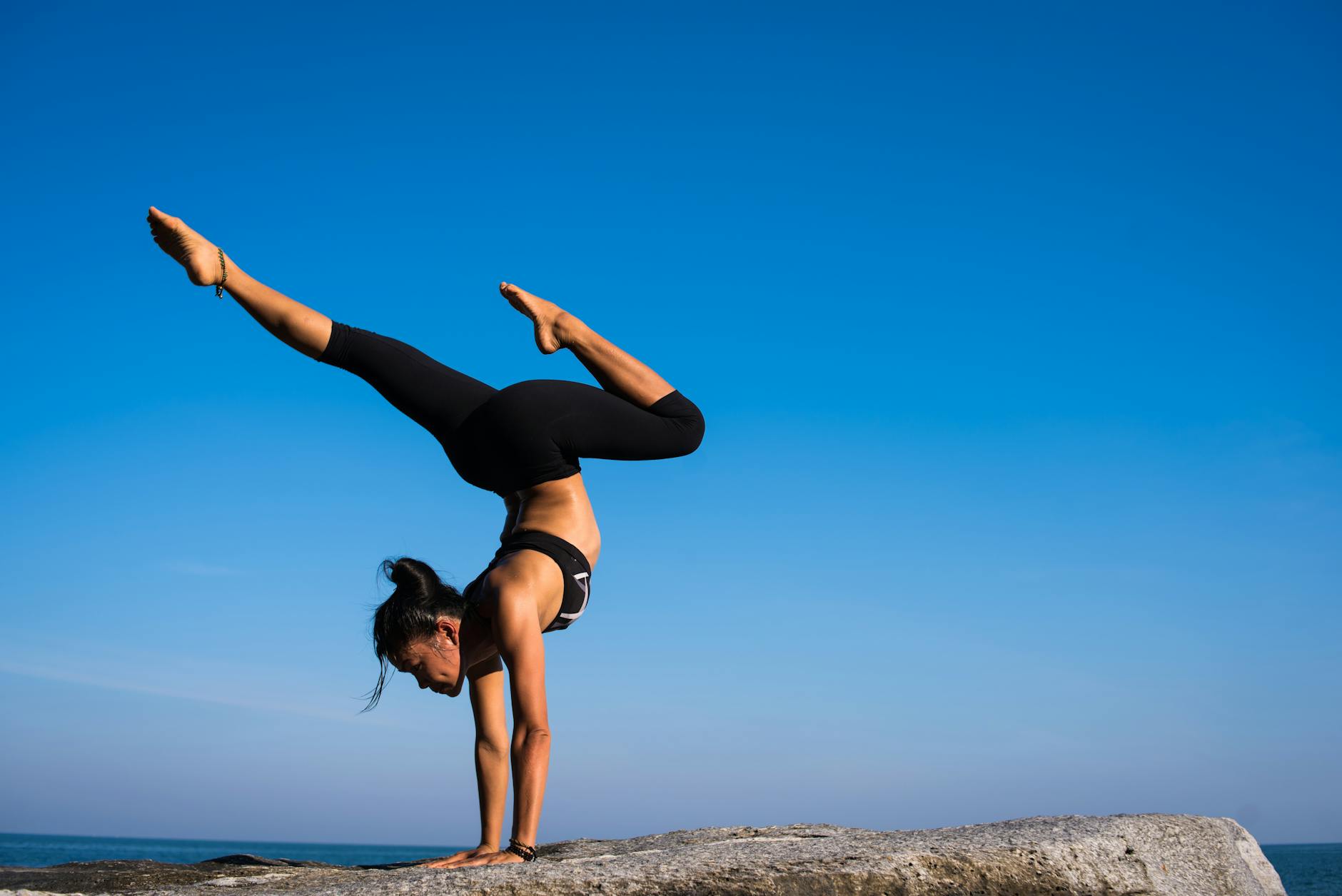
Yoga combines gentle movements, breathwork, and mindfulness, making it an ideal low-impact workout for cortisol management. It not only enhances flexibility and strength but also aids in stress reduction and hormonal balance.
Read more: Revealing the Hidden Power of Your Face: The Stunning Effects of Face Yoga Before and After
Pilates
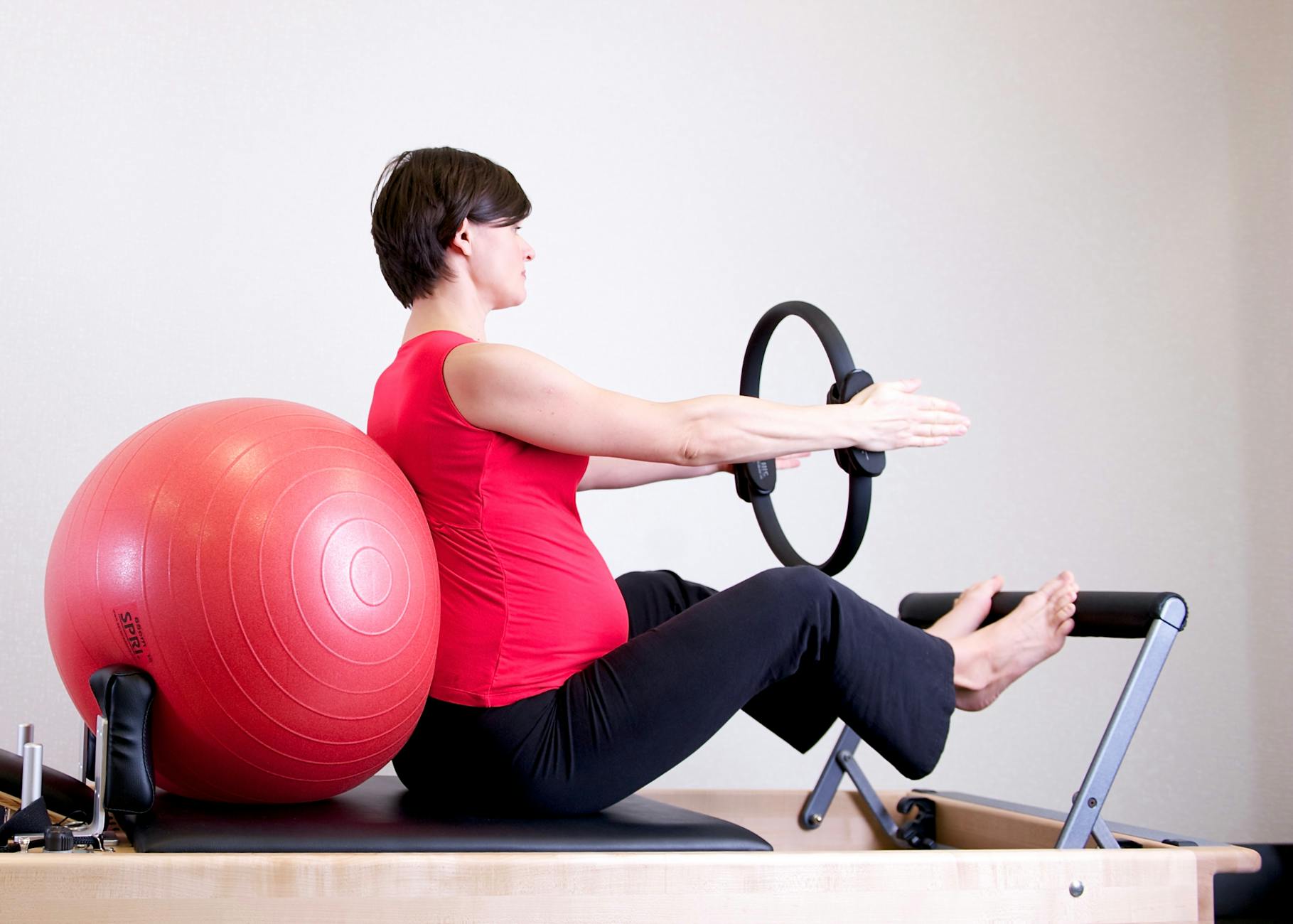
Pilates focuses on controlled movements that engage the body and mind, contributing to improved posture, muscle tone, and stress relief. Its low-impact nature makes it suitable for individuals aiming to regulate cortisol levels.
Tai Chi

Tai Chi, with its gentle flowing movements and meditative aspects, offers a low-impact way to reduce stress and promote relaxation. Regular practice can aid in balancing cortisol levels and cultivating a sense of inner calm.
Swimming

Swimming provides a full-body workout without exerting excessive pressure on the joints. The rhythmic nature of swimming strokes and the supportive water environment contribute to stress reduction and cortisol level management.
Cycling

Cycling offers a low-impact cardiovascular exercise that can be adapted to different fitness levels. It not only helps in managing cortisol levels but also provides an enjoyable way to stay active and relieve stress.
These low-impact workouts serve as valuable tools in balancing cortisol levels while promoting overall physical and mental wellness. Incorporating these exercises into a routine can contribute to a healthier and more balanced lifestyle.
Integrating Low-Impact Workouts into Your Routine
Incorporating low-impact workouts into your routine can be highly beneficial for balancing cortisol levels. Here’s how you can seamlessly integrate these exercises into your lifestyle.
Starting with a Low-Impact Workout Plan
Begin by consulting a fitness professional to create a tailored, low-impact workout plan that aligns with your fitness level and health condition. Incorporate exercises such as yoga, Pilates, walking, or swimming into your regimen. These activities are gentle on the joints and have stress-reducing benefits.

Setting Realistic Goals for Stress Management
Establish achievable goals for stress management through low-impact workouts. Focus on enhancing your overall well-being rather than solely aiming for physical transformations. By setting realistic expectations, you can gradually reduce cortisol levels and improve your mental and emotional state.
Listening to Your Body and Adjusting Accordingly
Pay close attention to your body’s signals during low-impact workouts. If you experience discomfort or strain, modify the exercises or seek professional guidance. Understanding your body’s cues enables you to engage in stress-relieving activities without causing additional physical or mental stress.
Consider integrating these low-impact workout strategies into your routine for effective cortisol management.
Additional Tips for Managing Cortisol Levels
Cortisol management involves a holistic approach that extends beyond exercise. Consistency in exercise, balancing diet and exercise, quality sleep, and mindfulness are vital elements for effectively managing cortisol levels.
Importance of Consistency in Exercise
Consistent exercise plays a crucial role in cortisol regulation. Performing low-impact workouts such as yoga, Pilates, or walking can prevent cortisol spikes and aid in stress reduction. Regular physical activity promotes the release of endorphins, contributing to a positive mood and overall well-being.

Balancing Diet and Exercise for Optimal Health
A balanced diet complements exercise in managing cortisol levels. Incorporating nutrient-dense foods, including fruits, vegetables, lean proteins, and healthy fats, supports overall health. Consuming a well-rounded diet and staying hydrated can help mitigate the effects of stress on the body and regulate cortisol secretion.

The Role of Sleep in Regulating Cortisol
Quality sleep is integral to cortisol regulation. Establishing a consistent sleep schedule and creating a restful environment can aid in stress reduction and cortisol balance. Adequate sleep duration and quality contribute to overall hormonal equilibrium, supporting optimal health.
Mindfulness and Relaxation Techniques
Incorporating mindfulness practices and relaxation techniques, such as meditation, deep breathing exercises, or gentle stretching, can help manage cortisol levels. These activities promote a sense of calm and relaxation, reducing the body’s stress response and fostering hormonal balance.
These additional tips, when integrated into a wellness routine, can contribute to effectively managing cortisol levels and promoting overall well-being.
Conclusion
Incorporating low-impact workouts into your routine can be an effective strategy for balancing cortisol levels in women. By engaging in activities such as yoga, Pilates, or swimming, you can mitigate the negative effects of elevated cortisol, such as weight gain, lack of energy, and difficulty sleeping. Additionally, prioritizing sufficient sleep and a nutritious diet can complement the benefits of low-impact exercise in managing cortisol levels. Take proactive steps to address your cortisol levels and consult with a healthcare professional to establish a comprehensive approach to your well-being.




